Abstract
A technique of controlling undesirable or disruptive behavior during an ongoing program of verbal training with a retardate is described. The technique required that the stimulus materials of the verbal training program be graded according to difficulty, i.e., in terms of the length and complexity of the stimulus materials. (This resulted in an initial grading of the stimulus materials into different levels of probability of reinforcement.) Changes by the experimenter from high-difficulty to low-difficulty stimuli for two trials contingent upon disruptive behavior increased the rate of that behavior; changes from low-difficulty to high-difficulty stimuli for two trials contingent upon disruptive behavior decreased its rate. Thus, contingent alternation of the stimulus materials of the ongoing training program controlled the frequency of undesirable behaviors within the experimental sessions. This technique may comprise an alternative to other procedures which require punishment or timeout from the ongoing program.
Full text
PDF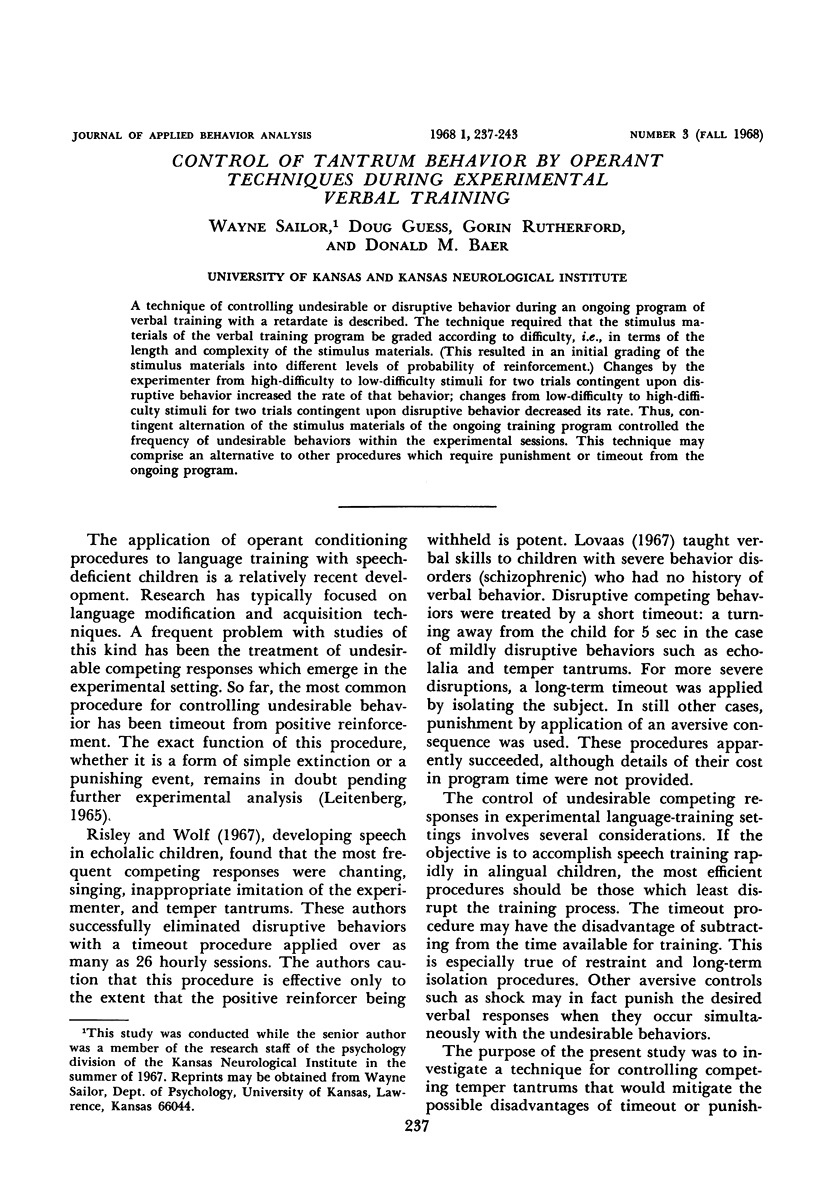
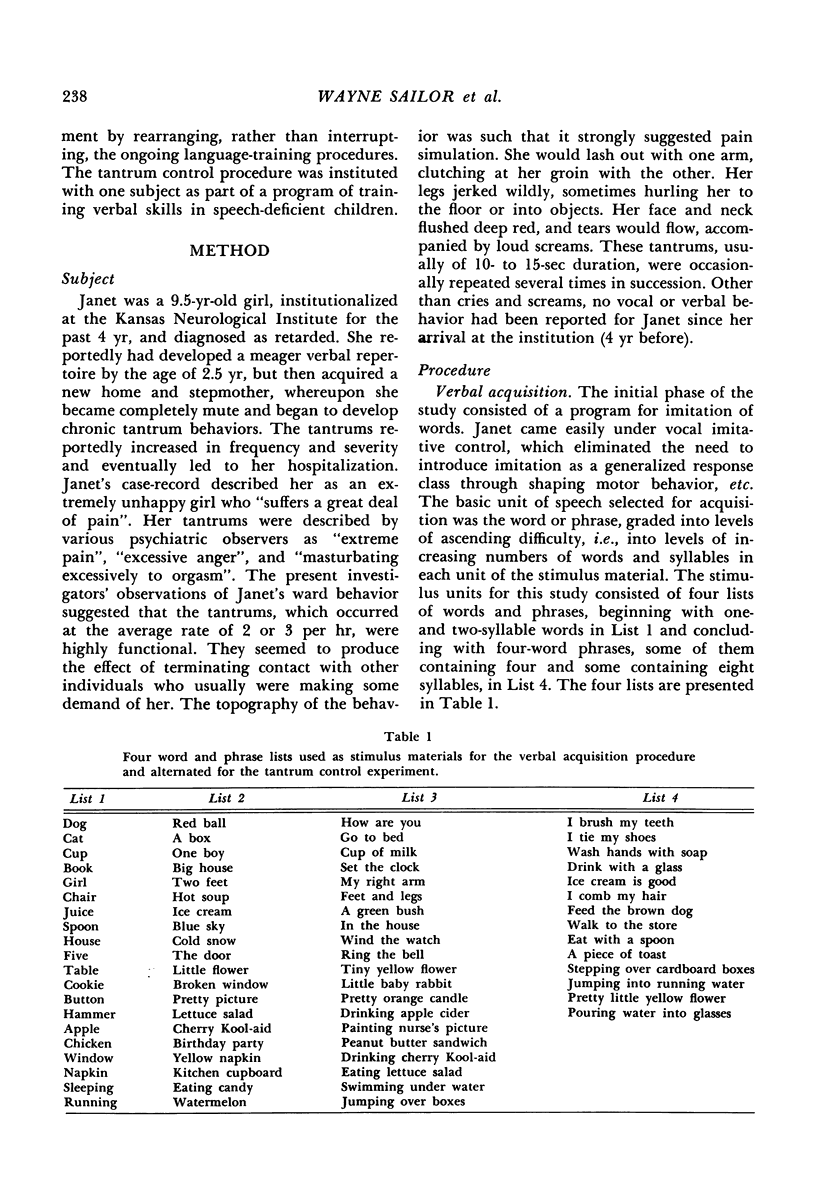
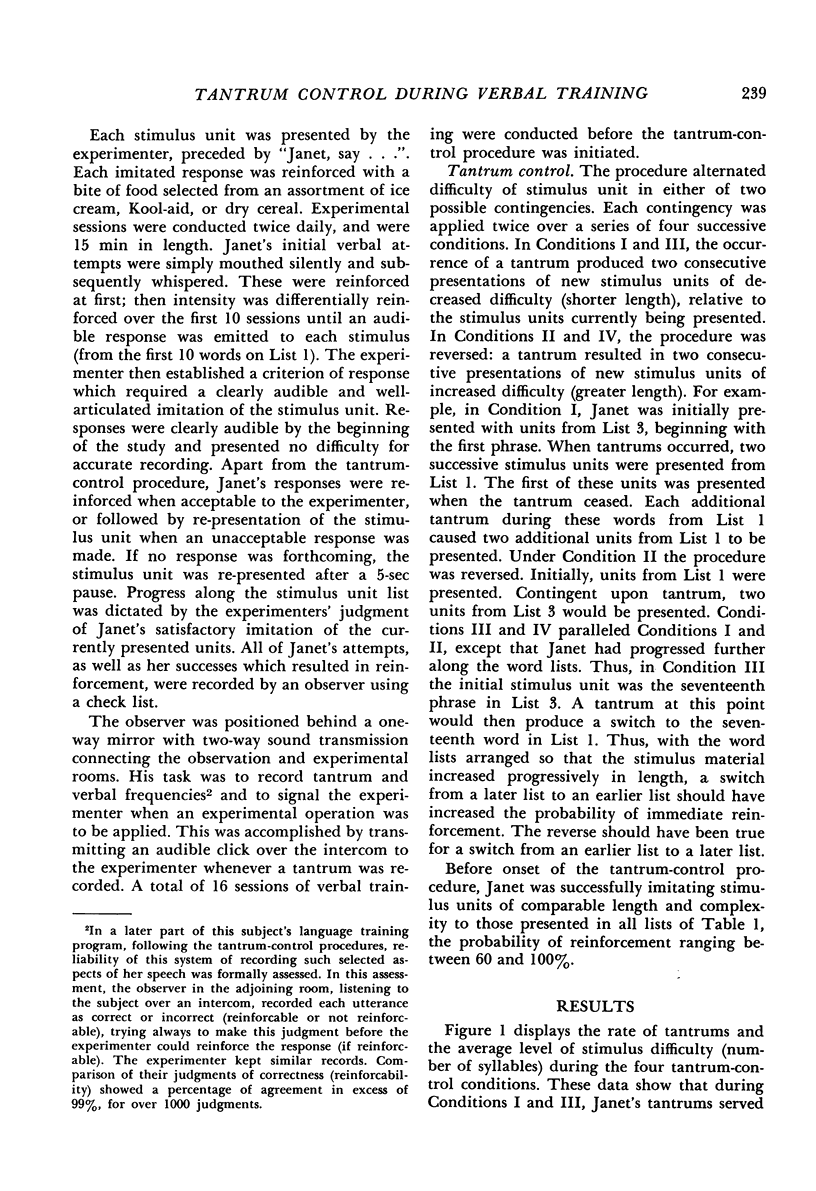
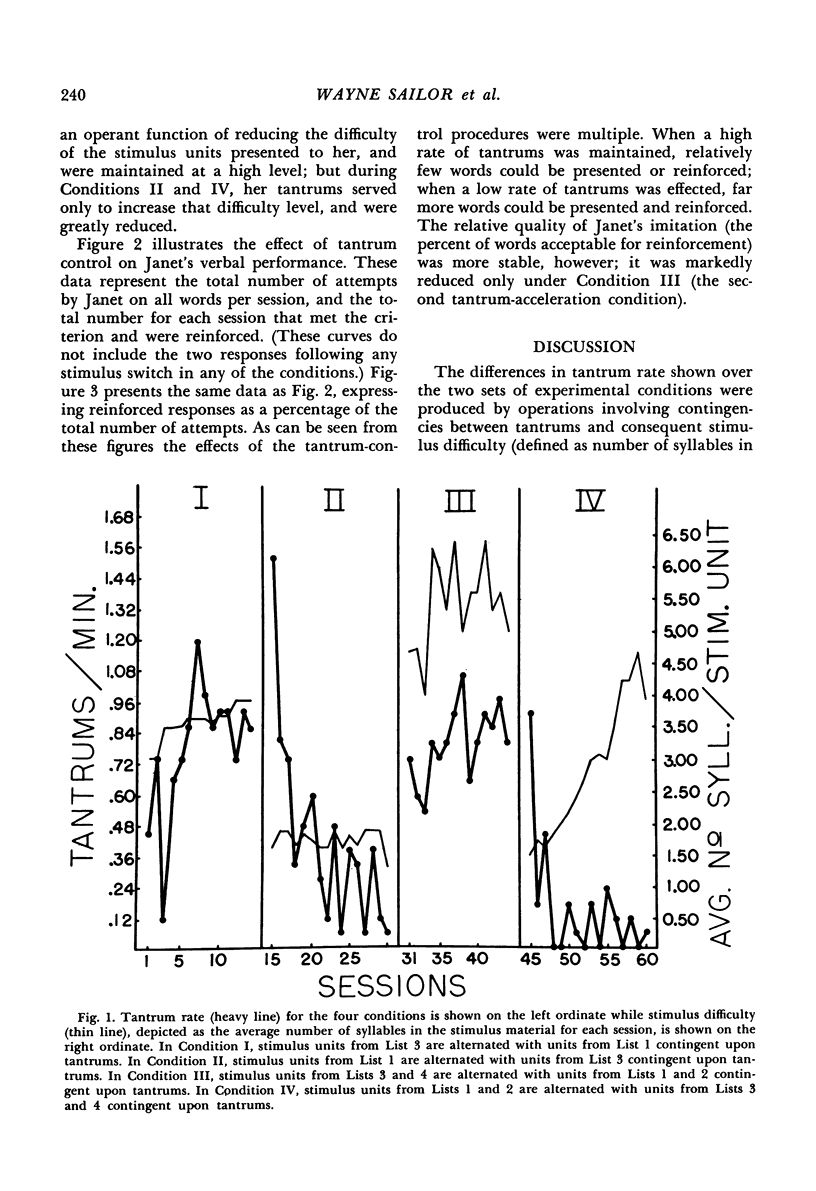
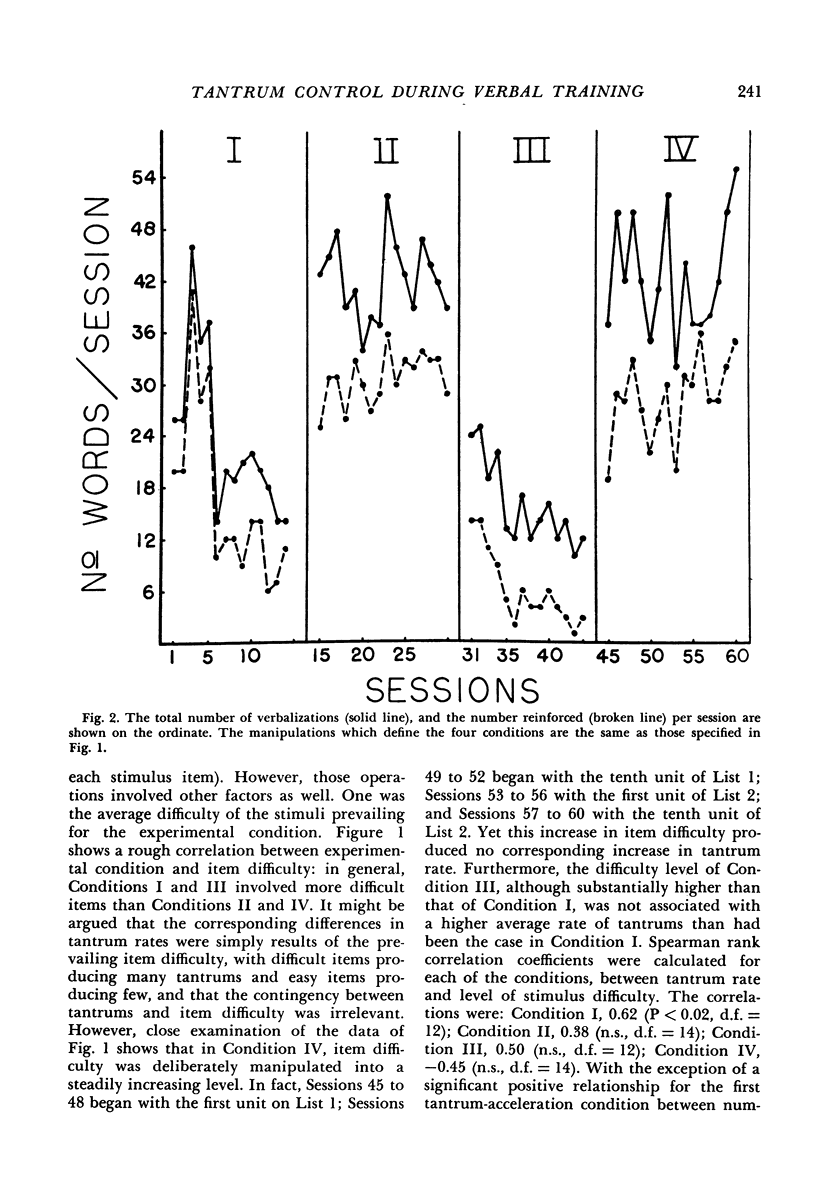
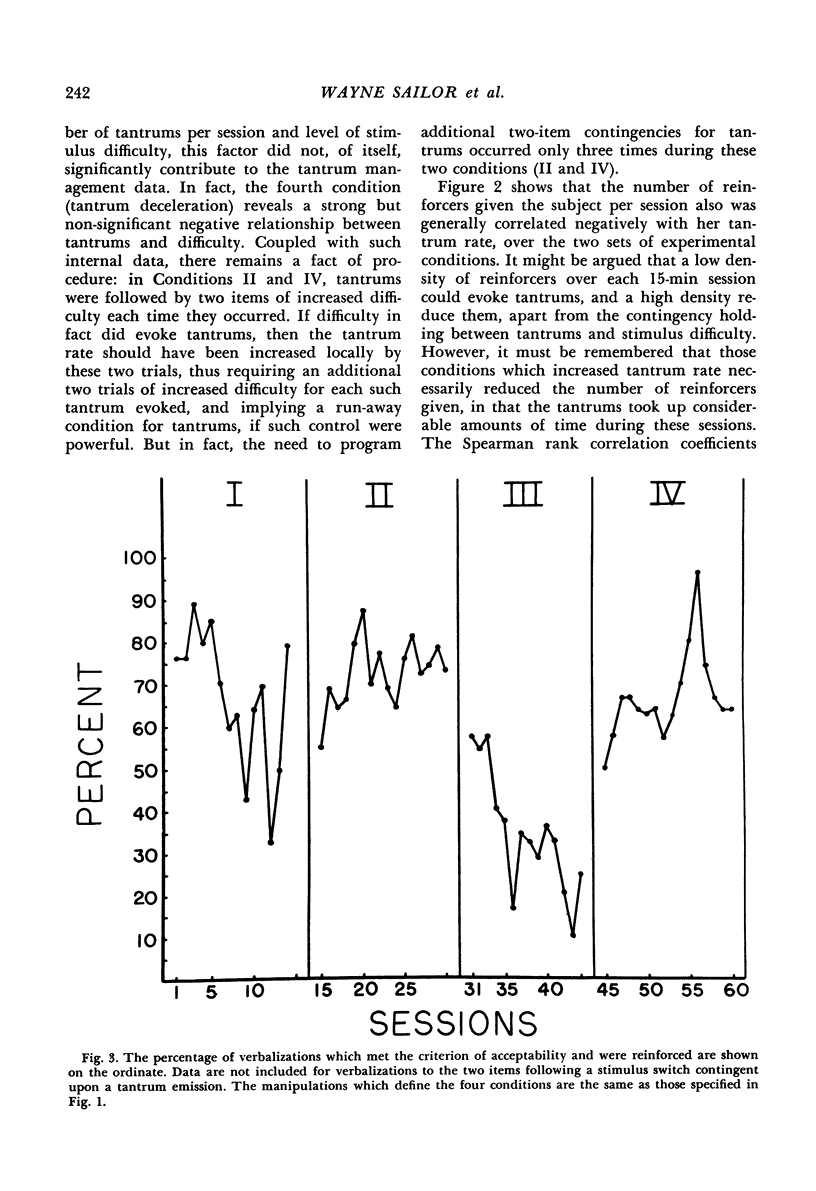
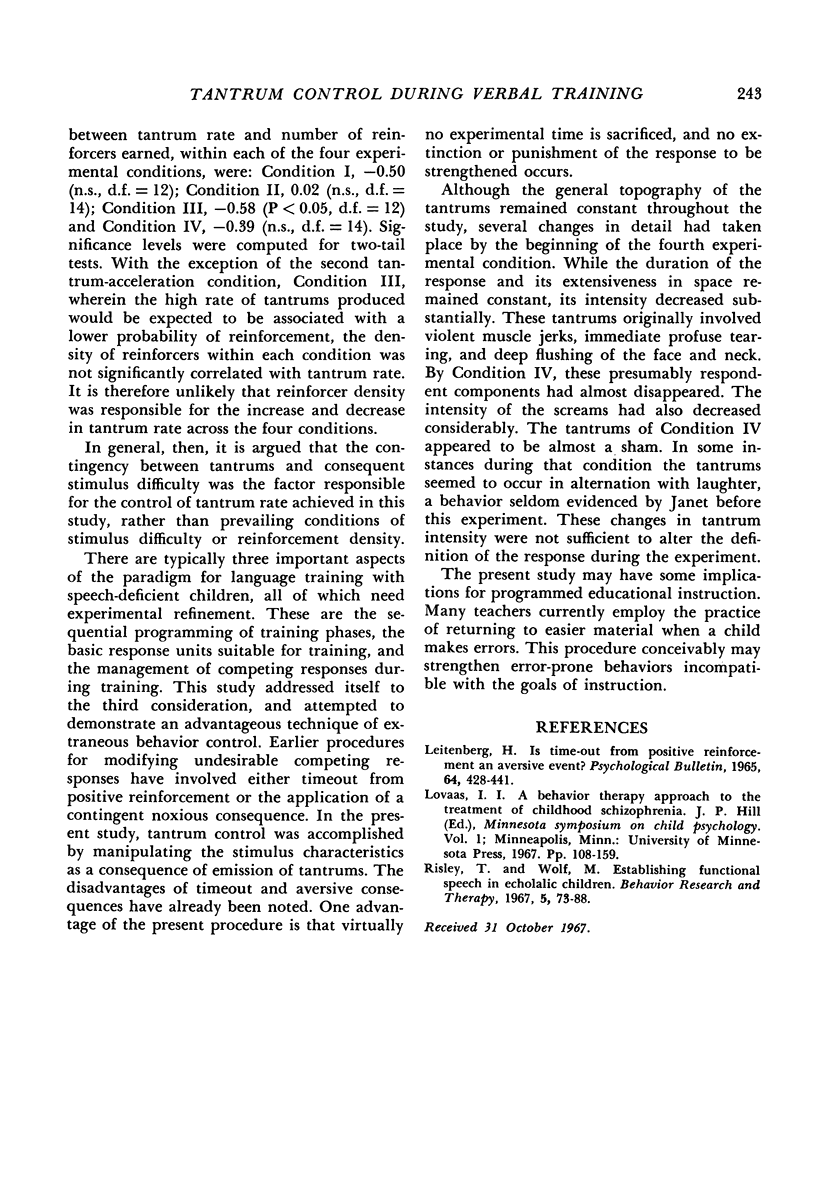
Selected References
These references are in PubMed. This may not be the complete list of references from this article.
- Leitenberg H. Is time-out from positive reinforcement an aversive event? A review of the experimental evidence. Psychol Bull. 1965 Dec;64(6):428–441. doi: 10.1037/h0022657. [DOI] [PubMed] [Google Scholar]


